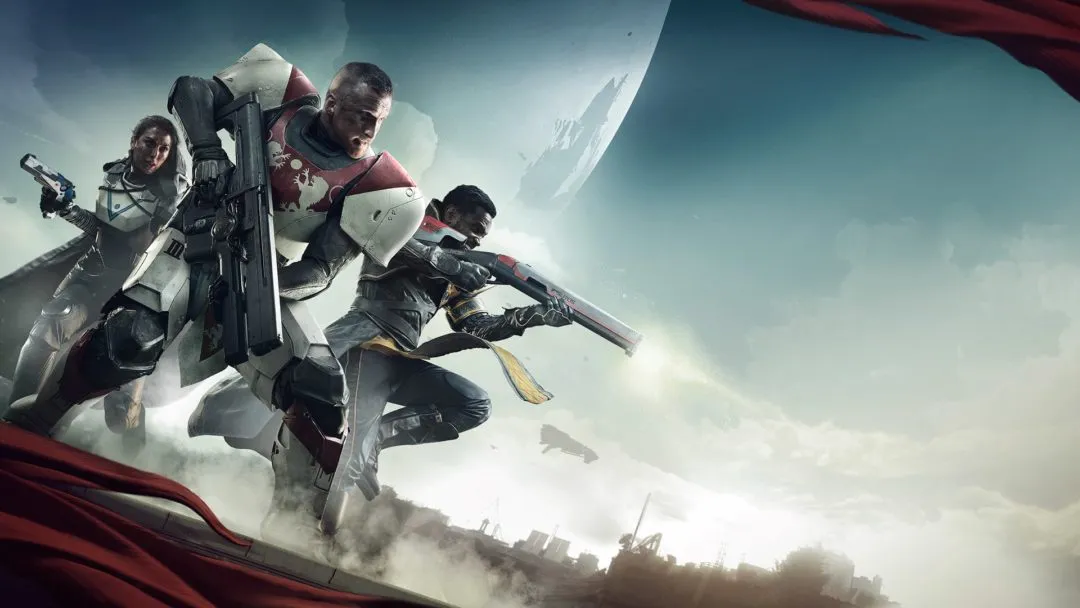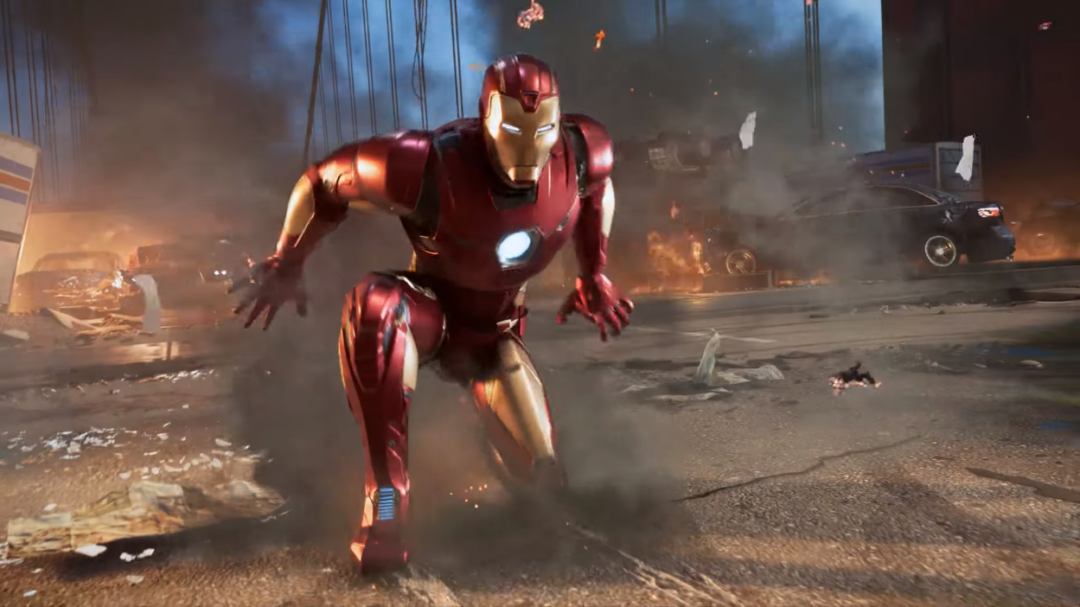
Last week I singled out a few games that spent too much time trying to make cutscenes and not enough time polishing their gameplay or making sure the movie and game parts fit together. Some people take this argument a little too far, arguing that cutscenes in games are a total waste and we should go back to the days of Doom when the story was in README.TXT.
But I’m okay with cutscenes and story in my video games. Cutscenes are great for establishing tone and texture. They give the world some shape and introduce us to the characters. They give you a sense of closure when the game ends, even if you’re not done playing. Just like movies sometimes stop the action to explain the stakes or rules of the conflict to the audience, I think it’s fine to have a lull in gameplay to make sure the player has a firm grasp on what they’re doing and why.
Having said that, there are awful mistakes that game designers keep making that kind of ruin both the movie and the game they’re trying to produce.
1. Don’t stop gameplay if you don’t have to.
If the characters need to do a bit of talking, consider letting the player move around during the conversation. If you just can’t let them move, then at least let them control the camera. If the player’s only input is to either skip the cutscene or watch passively, then you’re failing at the whole “video game” thing. I’m not going to say you should never block player input, but this happens way more often than it should.
In Deus Ex: Human Revolution, the intro lets the player move their character’s head around. In Assassin’s Creed, you can often walk around while someone else blabbers stupid conspiracy nonsense at you. Half-Life 2 has several scenes where you can walk around and play with stuff in the environment while the talking is going on. Some people find these parts annoying, but I promise you it would be excruciating if these scenes were completely non-interactive info-dumps.
Bonus points if the game can gracefully allow the player to exit the scene and continue the game before the dialog ends. We’re likely to care less about the plot during our second or third (or even tenth) playthrough.
2. Learn Cinematography.
If you just can’t bear to let players walk around during the cutscene and you insist on stealing the camera away from them, then you had better make sure you know how to make a movie. And no, watching lots of Quentin Tarantino movies does not make you a filmmaker.
The language of cinema is really complicated and full of nuance. Most of us in the audience aren’t even aware of all the subtle cues of music, lighting, sound effects, costume, and (most importantly) camera angles used to set the mood of a scene and our perception of it. Too many game designers simply point a camera at talking characters and have no understanding why their scenes don’t work. They aren’t filmmakers so they don’t know how to make movies that connect with the viewer. They just use it to give you something to look at while characters talk.
This is a crime. Not only have we been forced to stop playing our video game to watch a movie, we’re watching a movie that’s lifeless and boring. Scenes play out in shot reverse shot with dull lighting, and flat camera angles.
Square Enix is a huge offender in this regard. In Thief 2013, scenes are shot so that there’s almost no contrast between the characters and the background. It’s just a big mush of brown. The audio levels are appalling. (Chatter from background extras often drowns out main characters.) The camera angles are lazy and dull. What should be a noir-style study in shadows and silhouettes ends up looking like a soap opera with goth-styled costumes. You can find similar problems in Hitman: Absolution. A fortune was spent making cutscenes that look cheap.
3. Trim Your Dialog.
If you can’t let the player move in the cutscene, and you don’t have the talent to make the cutscene worth watching, then at the very least you owe it to them to keep it short. Everyone picks on Kojima as the poster child for criminally bloated dialog, but I don’t want to let everyone else off the hook just because Kojima has spoiled the curve.
In a good movie, every line of dialog will serve multiple purposes. It should simultaneously tell us a bit about the story, the characters, and the world they inhabit. One example is this heinous cutscene from Hitman Absolution. Maybe it’s not fair to pick on one of the most willfully stupid cutscenes ever produced for a video game, but it’s a really clear example of this problem. In its intolerable four minutes of running time, the scene never develops any of the character relationships, the world, or motivations. Instead, over half the time is spent with one guy simply “explaining” to the audience why he’s doing the stupid things he’s currently doing. You could shave 90% of the dialog from that scene and it would do nothing but improve it. Everything would make more sense, the bad guy would be mysterious instead of comical, and the viewer would have less time to notice all the horrible problems with the scene.
A lot of games could use a good dose of red pen on their scripts.
4. Don’t Complete Goals in Cutscenes.
If you’re going to take away interactivity, and if you can’t make the scene visually interesting, and if you don’t know how to keep it short, then at the very least you owe it to the player to not suck the fun out of the gameplay sections of the game by having all the important things happen in cutscenes.
Rather than picking on Square Enix again (although they’re guilty of this as well) I’ll use Batman: Arkham Origins as an example. Nearly every boss fight in the game is a multi-stage fight where you just chip away at the enemy health bar until you trigger the ending cutscene where Batman defeats the boss. And in some cases, the boss doesn’t seem to be harmed in the slightest by the beating you gave them during gameplay.
This is like someone grabbing the controller out of your hands just before you beat the boss just so they can get the last hit in. I realize it’s more “cinematic” to have bad guys defeated by orange gasoline fireball explosions, backflips, and tricky quick-thinking gadgetry that aren’t possible during normal gameplay. But this completely robs the player of their victory. Instead of getting that fist-pump moment where the bad guy falls over, the game cuts to a cutscene where the enemy is still strong and hale, apparently unaffected by the player’s hard work. It sends a message to the player that their effort doesn’t matter, and that their real goal is not to defeat enemies, but to unlock cutscenes where plot happens.
5. LET ME SKIP THE CUTSCENES.
This one should be obvious. I have no idea why I should need to put this on a list in 2015. More painfully, the likelihood that I can skip a cutscene seems to be inversely proportional to how much it sucks. And even if a game has the “Citizen Kane” of cutscenes (whatever that means) I will still probably want to skip it on my second or third playthrough, or when doing a speedrun, or gathering up footage for a YouTube video about the game. There’s no excuse to fail on this one. It’s self-indulgent on the part of the developer and shows contempt for the audience.
I’ll be the first to admit that we’re still figuring out how to blend conventional storytelling with gameplay. Some games lean more on gameplay and others on their stories, and often the seams between the two can feel awkward. But at the very least let’s try making sure that the “movie” parts of a game work as a movie.
Shamus Young is a programmer, critic, comic, and crank. Have a question for the column? Ask him! [email protected].




Published: Apr 14, 2015 07:00 pm